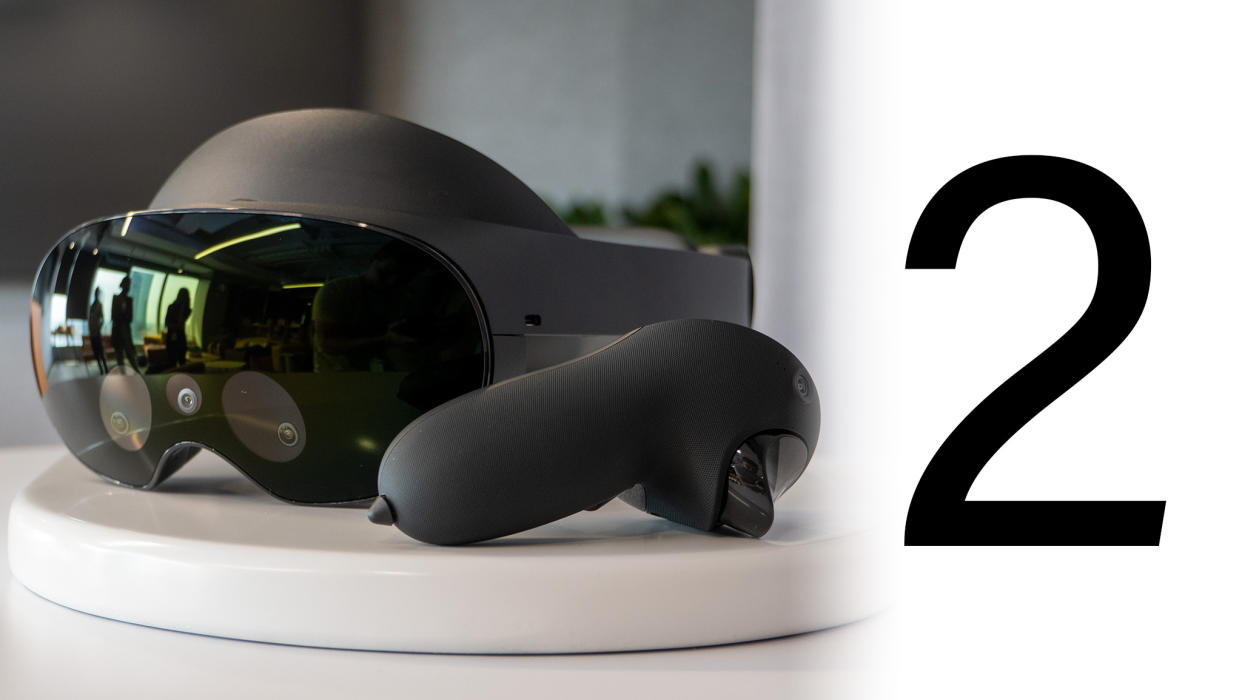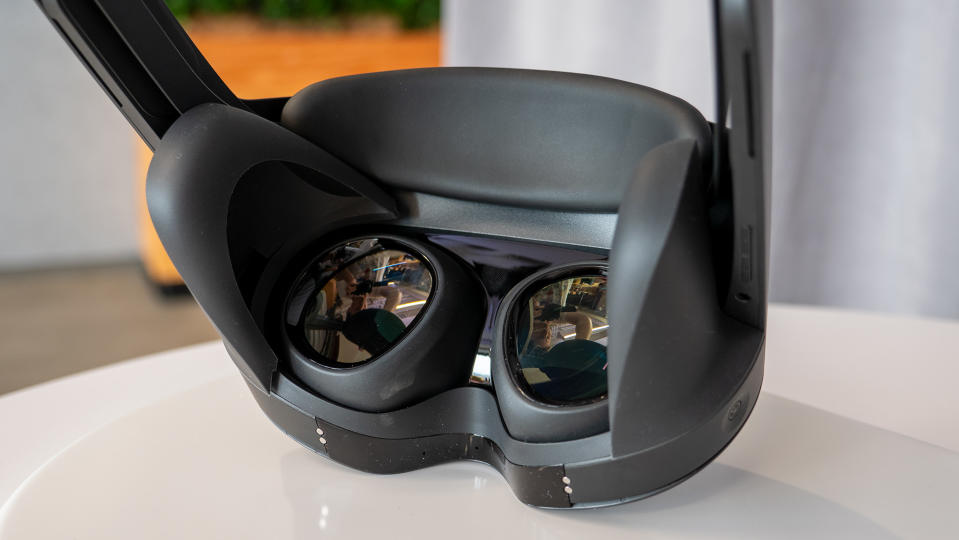The Meta Quest Pro 2 is looking even more interesting now

What you need to know
The LG-made Meta Quest Pro 2 has been delayed until sometime in 2027.
LG said it's "controlling the pace" of its releases, suggesting that Meta and LG are working to keep from releasing too many Horizon OS-powered headsets at once.
A new 4K LG Micro OLED display was also recently announced, suggesting that this headset might be using that technology.
Meta's first enterprise-level headset, the Meta Quest Pro, may not have sold as well as the company originally hoped, but that's not stopping it from forging ahead with a second-generation model. The only downside is that would-be customers are going to have to wait until 2027 to find out if it's really better than the original 2022 release.
The report of the delay comes from Seoul Economic Daily (via UploadVR) and notes that LG has delayed the headset for roughly two years, as it was originally set for a 2025 release date. That would have made it a nice follow-up to the upcoming Samsung XR headset, which is said to be released later this year and is built on Google's new Android XR platform.
LG's headset, by comparison, will be using Meta's Horizon OS, the same software that runs today's Meta Quest headsets, albeit likely customized a bit to make it look and feel more like a business-class headset. LG told Korea JoongAng Daily that it's delaying the release to "control its pace," referring to slow ultra-premium headset sales and likely the fact that several Horizon OS headsets are set to debut over the next year.

Regardless of the release date, though, the upcoming LG-built Meta Quest Pro 2 could feature LG's latest display technology. UploadVR describes it as a proper 4K micro OLED display featuring a resolution of 3840×3840 per eye. By comparison, the Apple Vision Pro's micro OLED display is 3660×3200 per eye, while the Meta Quest 3 is 2064x2208 per eye.
The new LG display features 10,000 nits of brightness, which sounds incredibly excessive at first but makes sense when you consider other factors. Pancake lenses like the ones used on Apple Vision Pro or the Meta Quest 3 essentially "eat" light as it's passed through, meaning the amount of light that eventually reaches your eye is reduced by as much as 90%.
In addition, VR headsets use a technology called "low persistence" that's somewhat similar to PWM flickering, meaning the pixels turn off several times per second before illuminating again. Low persistence differs from PWM on phone displays because the tech is used to reduce motion blur rather than control brightness.
Although the technique is similar to PWM, it further reduces the perceived brightness. On Apple Vision Pro, this means the headset's 5,000 nit display is taken down to a whopping 100 perceived nits once the light reaches your eyes. In other words, you need an "absurdly" bright display behind those lenses to make a display bright enough.
This, combined with the resolution mean the LG-made Meta Quest Pro 2 could have the best looking VR headset display if nothing better launches between now and then.

